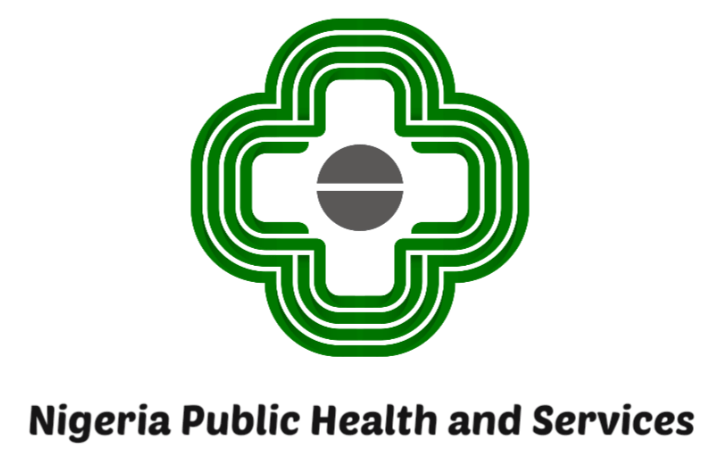Abdominal Aortic Aneurysm
Illness and Conditions
An abdominal aortic aneurysm (AAA) is a localised enlargement or bulge of the abdominal aorta, the largest artery in the abdomen. This condition occurs when the walls of the aorta weaken and stretch, potentially leading to a rupture, which can be life-threatening. AAAs are more common in older adults, especially men over the age of 65.
Symptoms
Many abdominal aortic aneurysms develop slowly and without noticeable symptoms, making them difficult to detect early. When symptoms do occur, they may include:
- A pulsating feeling near the navel
- Deep, constant pain in the abdomen or on the side of the abdomen
- Back pain
- Sudden, severe abdominal or back pain may indicate a ruptured aneurysm, which is a medical emergency.

Causes
The exact cause of an abdominal aortic aneurysm is unknown, but several factors contribute to the weakening of the aortic wall, including:
- Atherosclerosis (hardening of the arteries)
- High blood pressure
- Smoking, which significantly increases the risk
- Genetic factors and family history
- Age-related wear and tear on the artery walls
- Infections or inflammatory conditions affecting the aorta
Diagnosing
Diagnosis of an abdominal aortic aneurysm often occurs during routine medical exams or imaging for other conditions. Common diagnostic methods include:
- Ultrasound: The most common and non-invasive screening tool to detect AAAs.
- CT scan: Provides detailed images and helps assess the size and extent of the aneurysm.
- MRI: Used in some cases to evaluate the aneurysm and plan for surgery.
- Physical examination may reveal a pulsating mass in the abdomen.
Treatment
The treatment approach depends on the size and growth rate of the aneurysm:
- Small AAAs (less than 5 cm) are usually monitored regularly with ultrasound imaging and managed with lifestyle changes and medication to control blood pressure.
- Large or rapidly growing AAAs may require surgical intervention. Treatment options include:
- Open surgical repair: Replacing the weakened section of the aorta with a synthetic graft.
- Endovascular aneurysm repair (EVAR): A less invasive procedure where a stent graft is inserted through the arteries to reinforce the aneurysm.
Prevention
Preventing an abdominal aortic aneurysm involves addressing risk factors and maintaining overall vascular health:
- Quit smoking and avoid tobacco products.
- Control blood pressure through diet, exercise, and medication if necessary.
- Manage cholesterol levels to prevent atherosclerosis.
- Maintain a healthy weight and engage in regular physical activity.
- Regular screening for individuals at higher risk, such as older adults and those with a family history of AAA.
Early detection and appropriate management are critical to reducing the risk of rupture and improving outcomes for individuals with abdominal aortic aneurysms.
